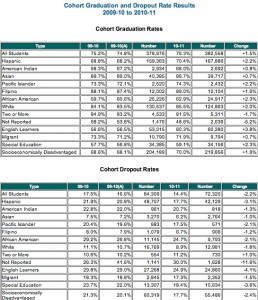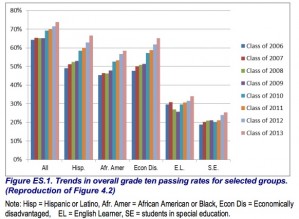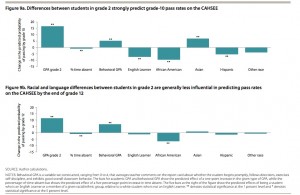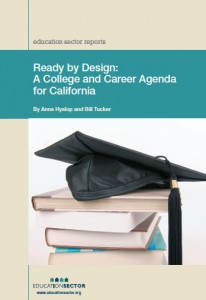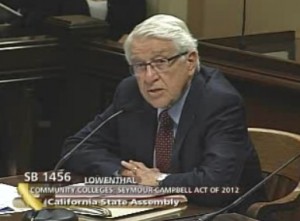Advocates of a complaint process for parents and students who believe they’re being charged illegal fees have amended a bill to satisfy all of the main opponents, save the silent one who hasn’t been heard from yet. That’s Gov. Jerry Brown, who vetoed similar legislation last year.
On Wednesday, the Senate Education Committee approved AB 1575 without opposition, and changes that were made to the bill may smooth its way through the Senate and on to Brown’s desk. One factor could motivate him to sign it this year: Doing so would settle a lawsuit against the state that the state is likely to lose.
The American Civil Liberties Union of Southern California is pushing the bill that Assemblymember Ricardo Lara (D-South Gate) is sponsoring for the second straight year. Two years ago, the ACLU filed a class action lawsuit against the state after discovering, through an informal investigation, that dozens of school districts were charging students for textbooks, lab materials, Advanced Placement test fees, and sports uniforms. Students who couldn’t afford them were sometimes publicly humiliated.
The ACLU based its lawsuit on the state Constitution’s guarantee of “a system of common schools by which a free school shall be kept up and supported in each district…” In the 1984 decision Hartzell v. Connell, the state Supreme Court explicitly prohibited charges and fees for school programs. Former Gov. Schwarzenegger wanted to resolve the lawsuit, and the judge in Los Angeles County Superior Court agreed to put it on hold while a bill encoding the fees ban into statute and establishing a reimbursement process went through the Legislature in 2011.
Last year, in vetoing AB 165, Brown wrote that “this bill takes the wrong approach.” It would “mandate that every single classroom in California post a detailed notice and that all 1,042 school districts and over 1,200 charter schools follow specific complaint, hearing, and audit procedures, even where there have been no complaints, let alone evidence of any violation. This goes too far.”
Lara’s new amended bill drops some of the requirements that groups like the Association of California School Administrators and the California Association of School Business Officials considered onerous.
The requirement of posting a notice of the prohibition on fees in every classroom remains. So does the complaint process, which is based on the procedures in the settlement of the Williams lawsuit protecting low-income children, requiring textbooks in every classroom, qualified teachers in every school, and clean, safe facilities. Parents who believe they are being charged illegally can file a complaint to their principal, who can resolve it or refer the matter to the district office, which has a month to reimburse and settle. If not, the parent can forward the complaint to the state Department of Education for a determination and order to reimburse. CDE’s estimated cost of administering the process is $350,000 per year.
Gone from the bill are provisions that appeared to involve state mandates: a requirement that districts verify early in the school year to make sure no fees are being charged in any school, an audit provision at the end of the school year, and the imposition of a fine on districts that fail to comply with the reimbursements.
Meanwhile, the lawsuit is moving forward again, according to Brooks Allen, director of education advocacy for the ACLU of Southern California. The Brown administration took the position that blame for illegal fees lies with the districts, not the state. But in January, Los Angeles County Superior Court Judge Carl West ruled that the state can’t slough off its responsibility to enforce children’s right to a free public education.
That decision may serve to temper Brown’s inclination, if he has it, to veto Lara’s bill again.
Note to readers: This is the last piece I’ll be posting on TOP-Ed. On Monday, co-writer Kathy Baron and I will start work at EdSource, where we will continue writing daily on California education issues while joining EdSource’s talent staff to expand our coverage. To learn more about the move and the future of TOP-Ed, please go here.
